The Drones Take New York
The Drones Take New York
by Aaron Reiss
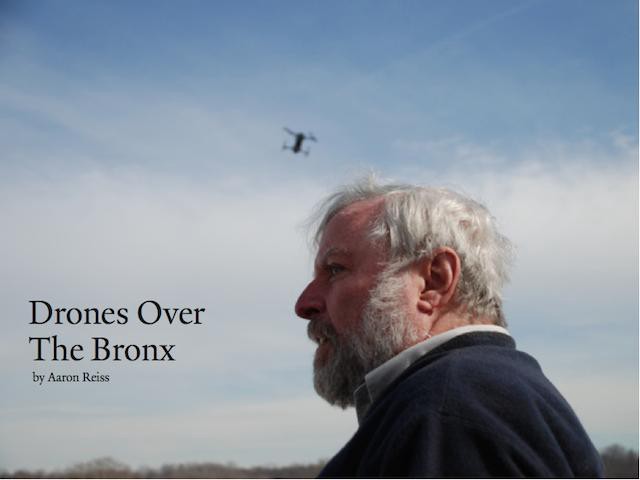
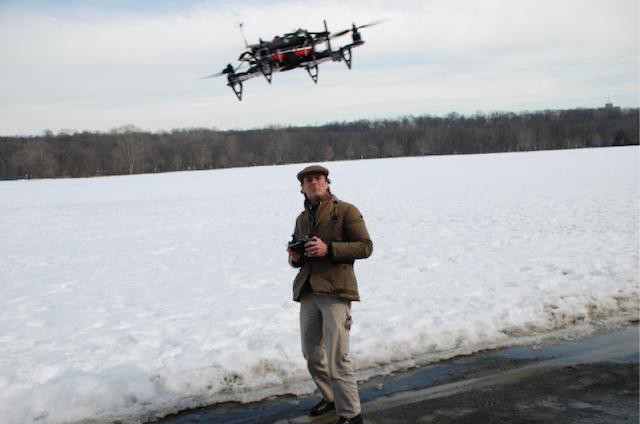
On a frigid Saturday in March, two dozen members of The New York City Drone User Group (or NYCDUG, a local Meetup dedicated to amateur drone builders and pilots) convened at Van Cortlandt Park in the upper reaches of the Bronx. The group gets together every month or two to fly, build, and talk shop about unmanned aircraft. The group is a place where enthusiasts are trying to “find out what our position is in this crazy drone world — to find our footing and figure out how we can fit in the larger scheme of things,” said Fred Masson, one of its active members.
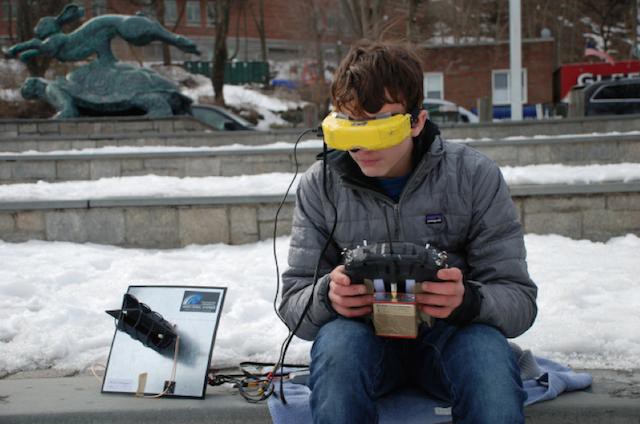
Drone pilots across the globe have have banded together in similar hobby groups; I counted over fifty Meetup Groups in places as diverse as Mexico City, Dayton, Ohio and Fairbanks, Alaska. Here in New York, the club counts over six hundred members. Riley Morgan is one of the youngest. At fourteen, he is regarded by many in the club as one of its most talented pilots.

Riley typically flies FPV (first person view) meaning he flies using goggles that project a live feed from a camera attached to his drone. He sees what his drone sees.
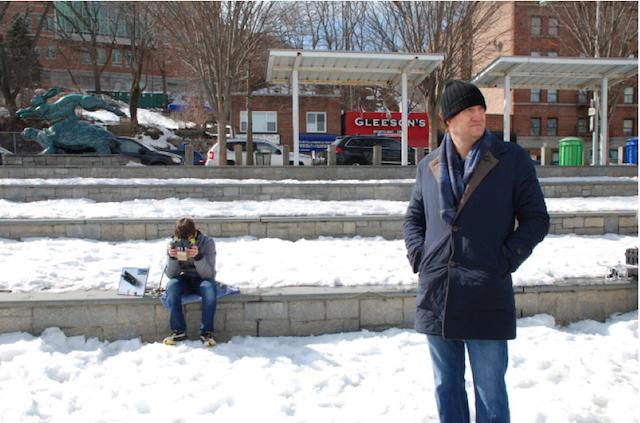
Riley’s father, Dan Morgan, does not fly drones, but acts as Riley’s spotter. He watches the drone’s position relative to the other drones in the sky and to other obstacles in the park, often giving orders in a slightly bored, fatherly tone: “Not so high, Riley… Keep your speed down.” Flying FPV has the effect of isolating the pilot. Riley sat away from the group, lost in the images feeding back from his drone.
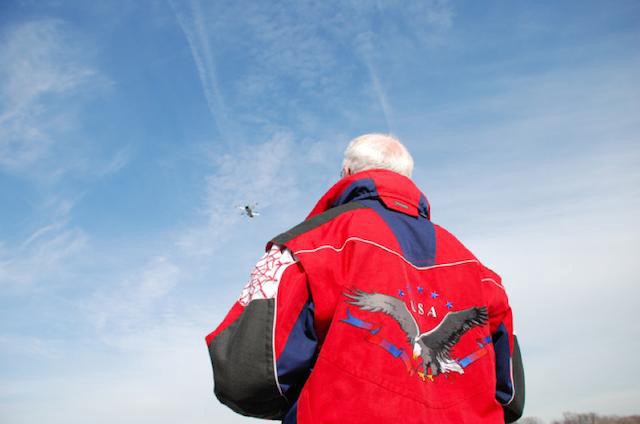
In the US, drones exist in a legal gray area. Consumer-drone-specific regulations have yet to be established, and many of the pilots feel they are living through a sort of frontier period. This could change rapidly. In the last two months, conversations about future legal restrictions on drones have been thrust into the spotlight. In May, Yosemite National Park banned drones, claiming that they create “an environment that is not conducive to wilderness travel,” and “have negative impacts on wildlife nearby the area of use, especially sensitive nesting peregrine falcons on cliff walls.” The rules go beyond Yellowstone, effectively prohibiting drone flight in all 58 of the country’s national parks, according to CNN.
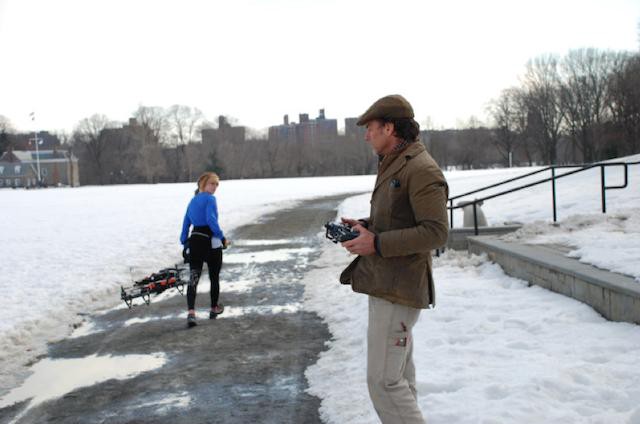
Even experienced drone pilots often find themselves in conflict with civilians, who are unfamiliar or uncomfortable with the machines. But drones can be truly dangerous in the hands of an inexperienced pilot. Pilot negligence made news in October of last year when David Zablidowsky (referred to in most media coverage as ‘inept drone user’ and a man who is certainly worthy of a good Google image search), sent his drone crashing into the side of a Manhattan skyscraper, and then plummeting down to the streets outside Grand Central Station. The Federal Aviation Administration levied a fine of $2,200, the first for a drone pilot who was not flying for hire.
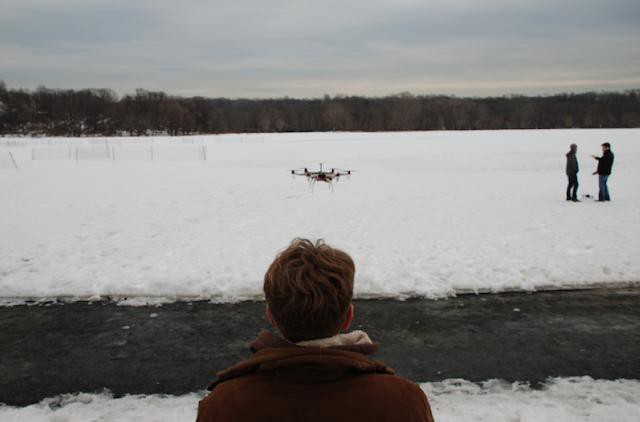
Zablidowsky’s story elicits a special frustration with more experienced drone pilots, many of whom are worried that a few careless people could spoil the hobby for everyone. Debates among drone enthusiasts reflect a growing unease about he future of flying in public spaces. Following the FAA action against Zablidowsky, a member of the NYCDUG warned the other members of the group’s email list, “If we as […] aviators don’t find a way to police the type of flying that resulted in the [Zablidowsky crash] we might soon see FAA SWAT teams with automatic weapons at the ready assaulting kindergarteners flying balsa models in Central Park.”
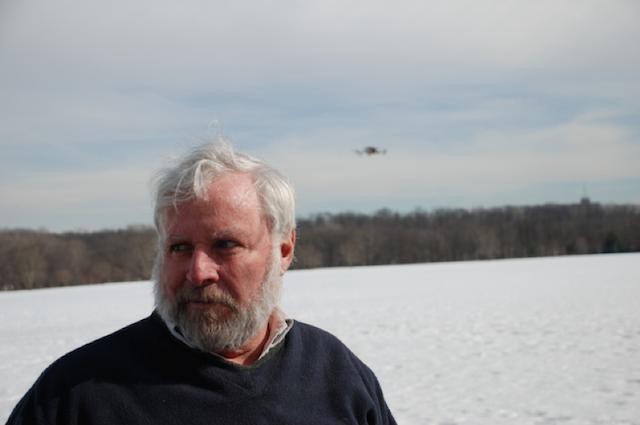
Hobbyists hold that drones are a perfectly safe form of recreation, if used responsibly. Beyond recreation, pilots are quick to point out uses in the fields of journalism, advertising and more. Ed Barnes, a former war correspondent for LIFE and TIME Magazine (as well as for FOX News in Iraq, Afghanistan and North Africa) has seen drones used in war and is interested in “the huge impact they are capable of in civil society.”
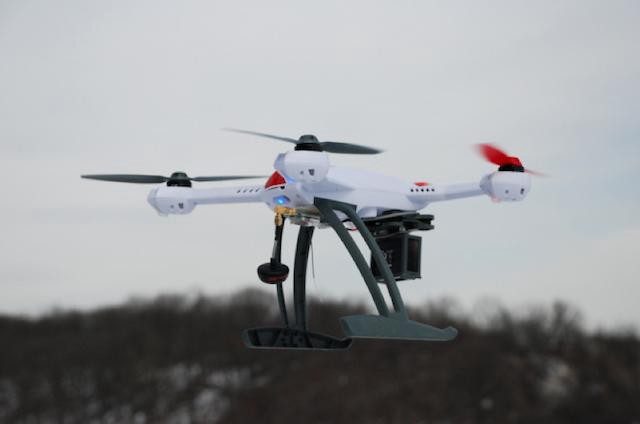
An entry level drone could cost $400–600. The addition of GPS, a camera, and FPV can quickly turn hobbyist rigs into a flying, professional-grade cameras. Costs can quickly reach the thousands.
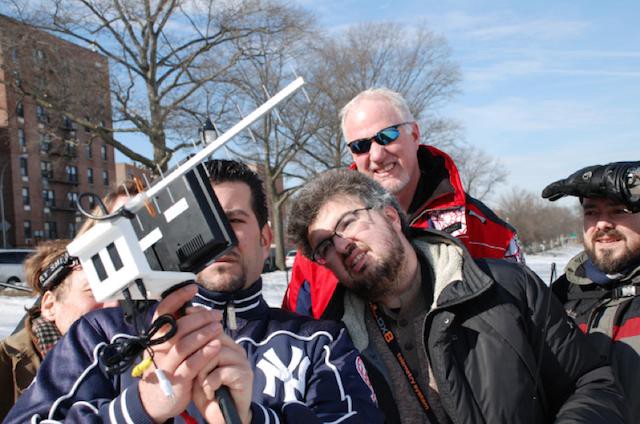
In Van Cortland park, a group watched with a mix of anxiety and amusement a small video screen showing a view from a drone which had just suffered a ‘fly away’ error. During the drone’s ascent, it lost contact with its controller, and simply continued with the last directive it was given — to ‘fly away’. The pilot (pictured in a black jacket) could only watch helplessly, fingering unresponsive controls, as $2,000 worth of equipment flew away and crash-landed in a dense forest on the outskirts of the park.
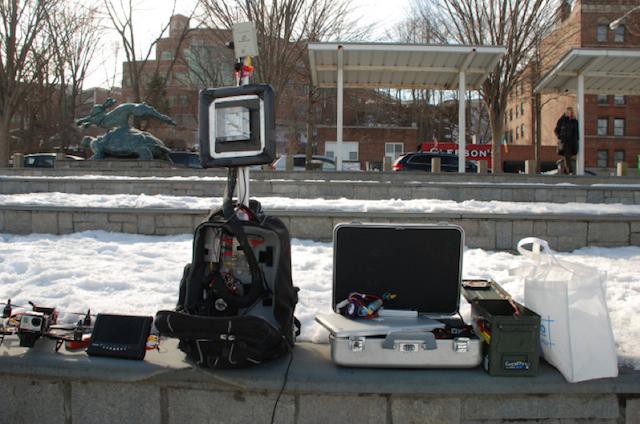
You can fly a drone using a hand-held controller, like you might use for an RC car. On the higher end, pilots invest in an entire suite of receivers, LCD screens, directional and omnidirectional antennae, GPS trackers and more.
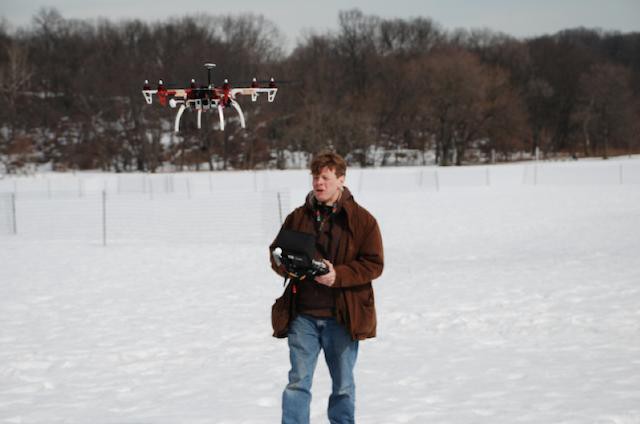
Like many of the drone pilots in the Meetup group, Fred Masson (above) is trying to turn his passion into a career — he’s hoping to sell his services and footage to local filmmakers. The FAA, for its part, announced last week that it is considering granting its first commercial exemptions to seven aerial photo and video production companies.
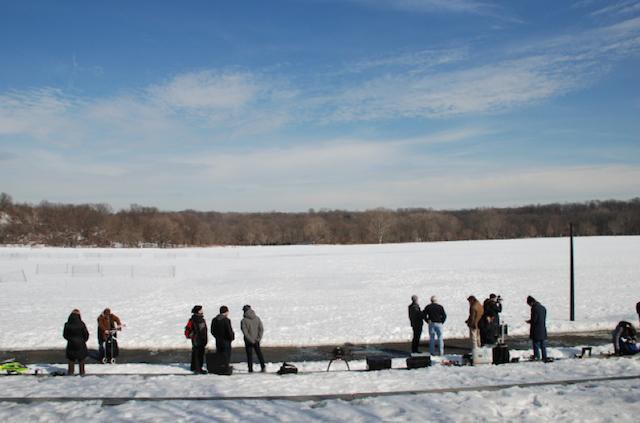
The NYCDUG Van Cortlandt Park flying session ended when a park official politely asked the group to beat it, but Masson remained optimistic: “As these things get more advanced and people aren’t afraid of [drones] anymore, I don’t think anyone walking in the park will bat an eye.”
